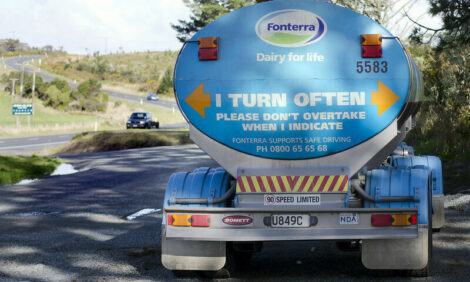



Winter Tightens Cattle Numbers
AUSTRALIA - The middle of winter is typically a time when well finished cattle are hard to find in large numbers, and although this is the case again this year, the quality has been reasonably good due to more favourable conditions during autumn, according to Meat and Livestock Australia.
Supply has continued to tighten over the past few weeks, with numbers back around a quarter on last week, mainly due to falls at the large northern centres of Roma and Gunnedah, along with lower numbers at most NSW and Queensland markets.
MLA says that Roma numbers halved and the quality cattle was noticeably mixed, with less restocker buyers present.
Compared to the same time last year numbers were almost identical for the week, however NSW numbers were around a third higher last year, due to the dry season that was being experienced, as every centre (with the exception of Goulburn) yarding well over 1,000 head.
Only four centres managed that volume in NSW this week, and the large numbers that got sold in northern NSW at the end of last year as seasonal conditions became dire have mean less numbers available now.
Slaughter numbers are slightly higher overall for the first fortnight of the new financial year, with NSW lower and all other states higher.
Saleyard and over-the-hook prices have continued to show stability as has been the case for the duration of winter so far. Direct to works prices were left firm by most processors.
The only movement of note for saleyard indicators this week has been a reduction in the Japan ox price, which moved down 5¢, to finish the week at 175¢/kg lwt.
After the close of Tuesday's markets the Eastern Young Cattle Indicator (EYCI) was 0.50¢ cheaper than last week at 348.5¢/kg cwt. The national trade steer indicator firm at 188¢ and the feeder steer improved 1¢ to 190¢/kg lwt. The US cow price also gained 1¢ to settle at 131¢/kg lwt, says Matthew Dwyer from MLA.
TheCattleSite News Desk


